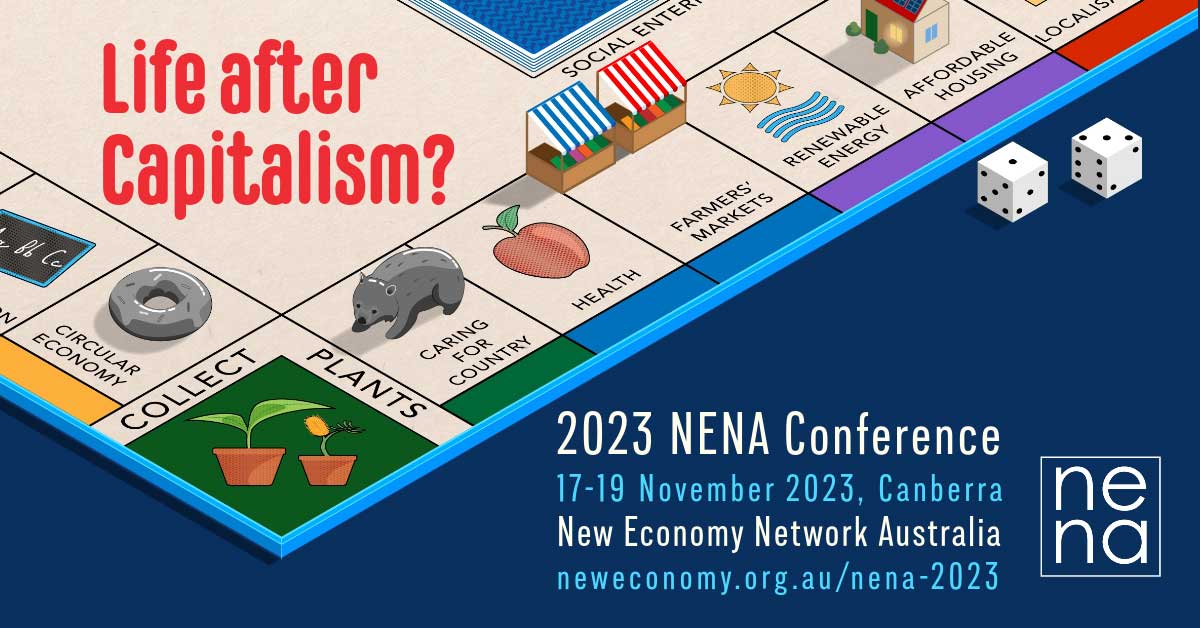Heritage Victoria’s decision to save Federation Square’s Yarra Building from demolition is no doubt a great victory for the heritage movement, and the people of Melbourne. Launched soon after the announcement in November 2016 that the Yarra building was to be replaced with a flagship Apple store, the strong grass roots campaign for the Square’s preservation can claim an important victory.
Beneath all the (justified) frenzy, however, there seemed to be a question being asked which remains largely unanswered: what is more important: the economic viability of Federation Square Proprietary Limited, or the social and cultural viability of Federation Square, the landmark? How was rent from a global corporation ever needed to ensure the survival of Melbourne’s most popular attraction in the first place?
After almost a century of discussions to roof the Jolimont rail yards, in 1996 the Kennett Government re-initiated the project by holding a design competition. Prospective entrants were invited to design a new public space which highlighted the importance of the area as a place of “civic celebration and public interaction”.[1] It would complete a ‘Federation arc’, joining buildings significant to Australia’s federation history, such as the Treasury Building and gardens, Royal Exhibition Building, and Parliament House – whose garden was where Sir Henry Parkes planted the Federal Oak in 1890.[2] It seemed Melbourne was finally to get the public square it so desperately longed for.
Between September and October of 2000 Federation Square Pty Ltd was created to facilitate the development and management of the square. It was established as a company wholly owned by the State Government of Victoria.
While State ownership of the overall space was thus retained, so as not to impede on the state budget bottom-line Federation Square Pty Ltd was established as a business,. By extension of this arrangement, Federation Square’s primary objective became turning over annual profits to make itself economically viable and sustainable. This turned out to be problematic. A civic space such as Federation Square should primarily focus on the needs of the people using it, rather than on having to turn over profits for the purpose of the space’s maintenance.
The anchor tenants in the space include SBS, ACMI, NGV Australia, and the Koorie Heritage Trust, all of which contribute to the cultural vibrancy of the square, highlighting elements of what Victorians value. Rent payers also include a large private carpark (the literal foundations of the square), as well as a number of cafes, bars, and restaurants. Throughout the year a number of food-trucks also take to Federation Square, topping up income stream for Federation Square Pty Ltd. To date the company continues to run at a loss. The State Government has contributed funds to Federation Square in the past to supplement income, but if Federation Square Pty Ltd is run with the need to turn a profit, can it truly prioritise the cultural needs of the people using it?
When it was proposed in 2016 that the Yarra Building was to be demolished to make way for a large technology giant’s global flagship store, I was struck with mixed emotions. For the better part of three or so years I had consistently gone to Federation Square once or twice a week and sat in various positions observing how the space was used. I made sure my visits were during the week, often during business hours, and not coinciding with major events. I did this in order to view the space in its most organic form, as the day-to-day square for one of Australia’s major cities. I was not reassured by what I observed as the square was often empty and windswept. So, on the one hand, I was concerned that, as an artefact, the design integrity of the site would be compromised by the removal of one of its main buildings. On the other hand, due to the countless hours of observing, researching and experiencing the square, I knew something desperately needed to be done to revitalise the space. Could this be the opportunity?
The company in question offered to move the Koori Heritage Trust to a larger, more suitable location (the Trust having outgrown the Yarra Building), as well as to pay for landscaping., The proposal would also have activated previously unused space. But an image kept crawling back into my mind – a giant, glowing ball of light hovering in the background of future moments of national pride and celebration; grief and sorrow. It seemed too much of a price to pay.
The firm who designed the square accepted a set of changes to the original concept which resulted in a number of alterations to the layout of the square. The most notable of these was the placement of the Yarra Building (originally named Commercial Building A), backing on to what was Batman’s Avenue, essentially turning the square’s back on the river. The functional purpose of this was to reduce wind, however I have always felt this a missed opportunity for the square. The Yarra River is significant to the history of the area dating back thousands of years – it should be proudly framed, rather than hidden away.
Following the rejection of the Apple store proposal, the Andrews Government announced a review into the operations and long-term viability of Federation Square Pty Ltd - the solution that should have been offered in the first place. There are two main points that need to be addressed. Firstly, how can the economic viability of the square be achieved and maintained so that it is safe and sustainable? And, secondly, how can the design and layout of the square be respectfully altered while also maintaining the integrity of the site?
There is a need to make the square more usable and accessible for all by activating more space and fitting it in more effectively with its surrounds. This will only be possible if there is a change in how the square is funded. It must shift from a commercial focus, with a need to deliver surpluses, to public funding, allowing the board to instead focus on delivering the civic and cultural space locals and visitors expect and deserve from one of the world’s finest cities.

















